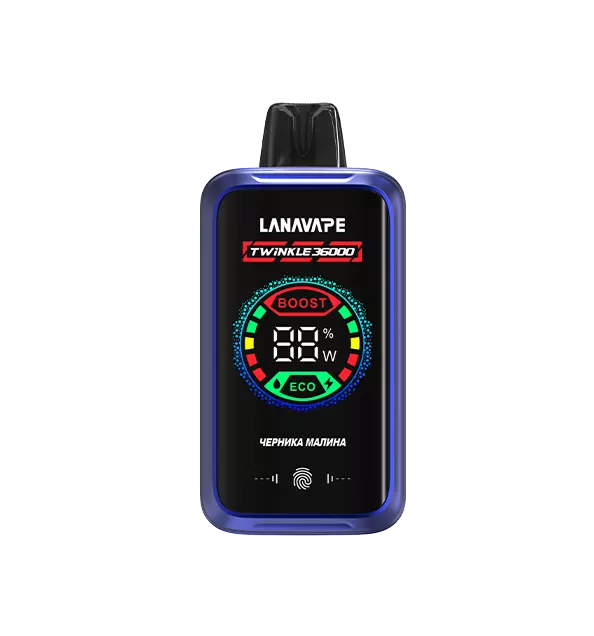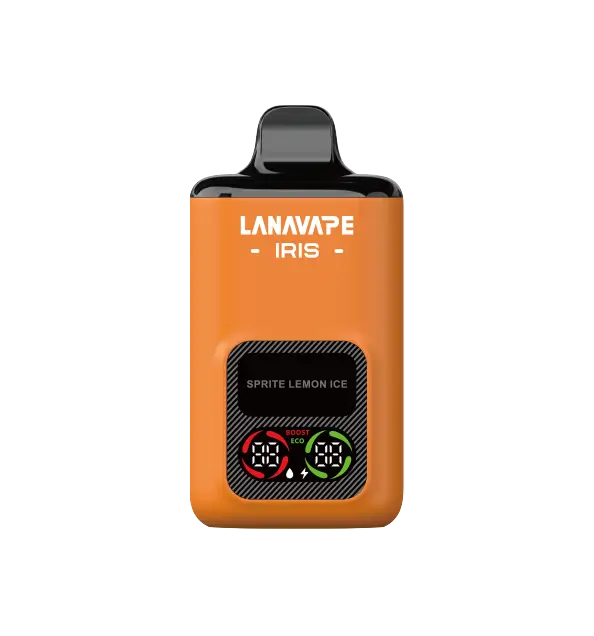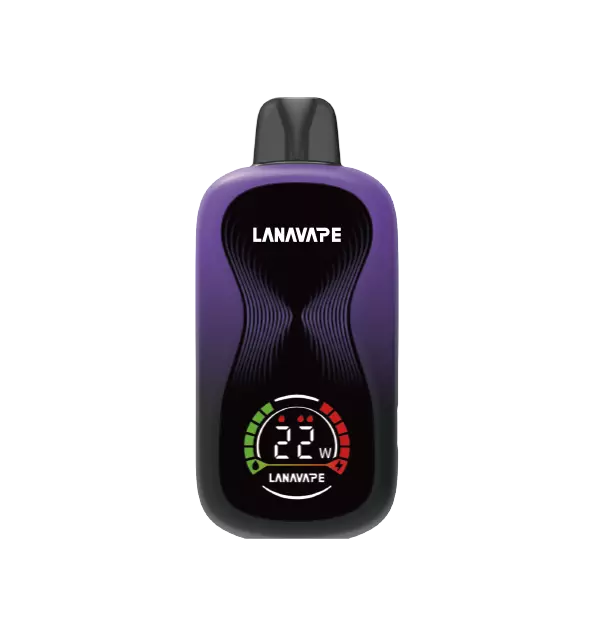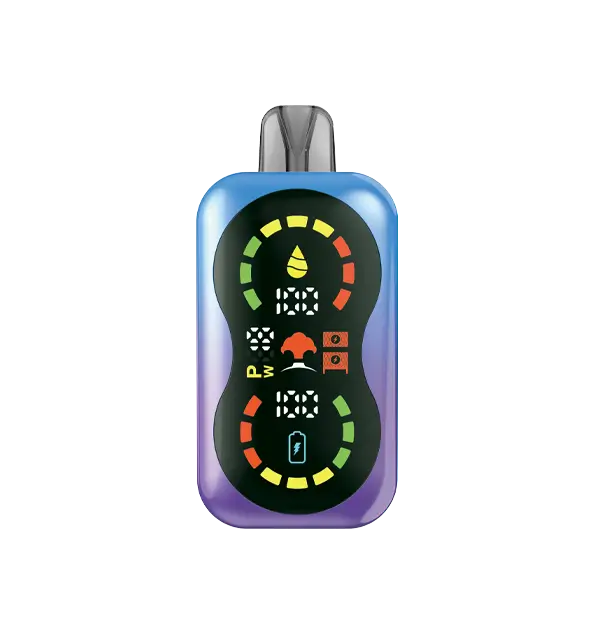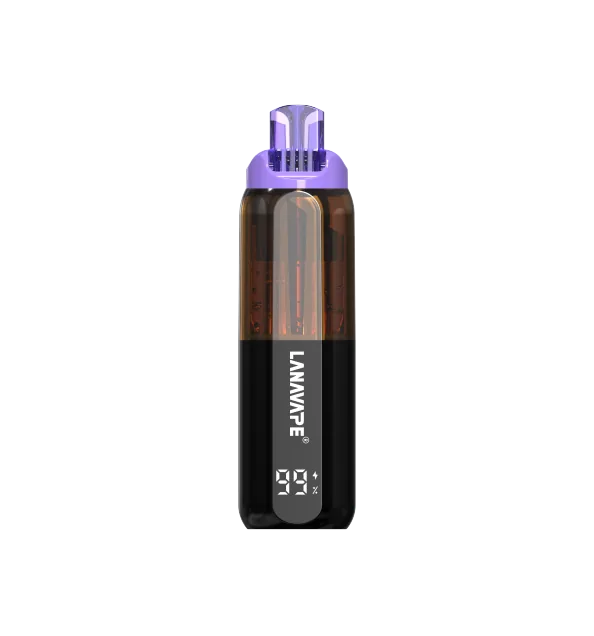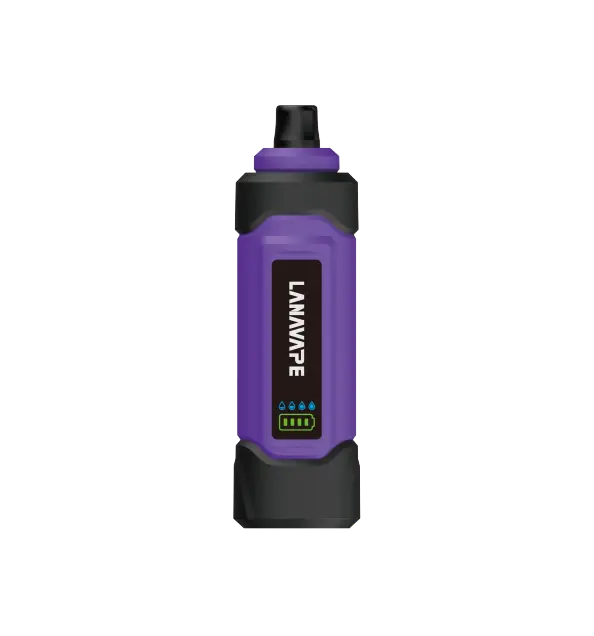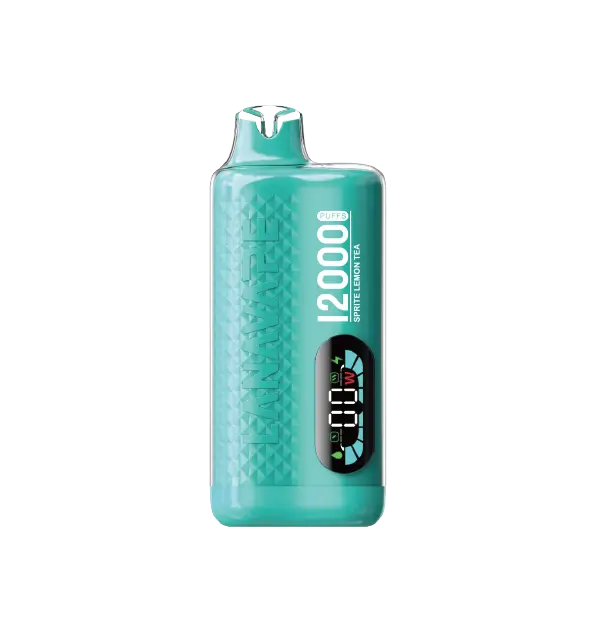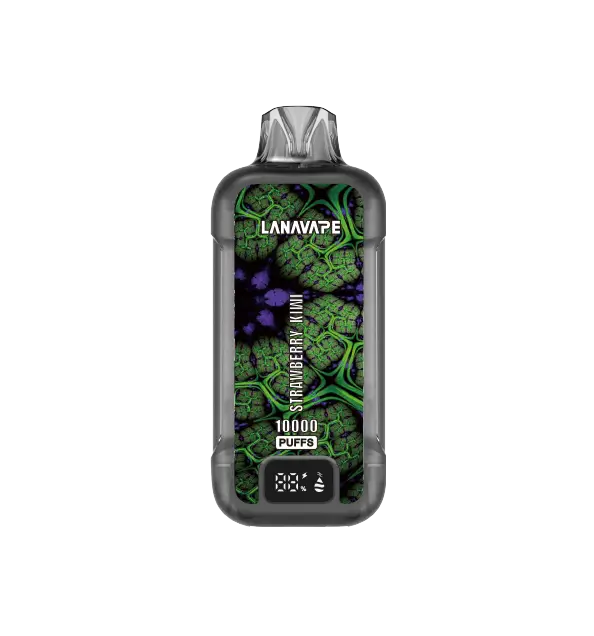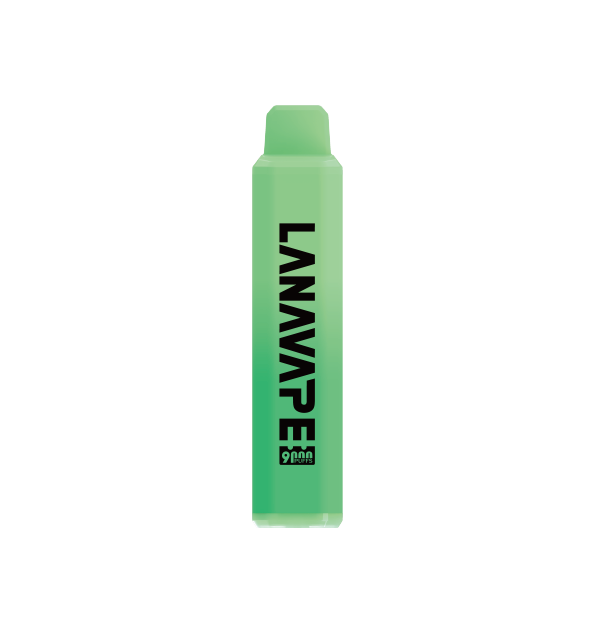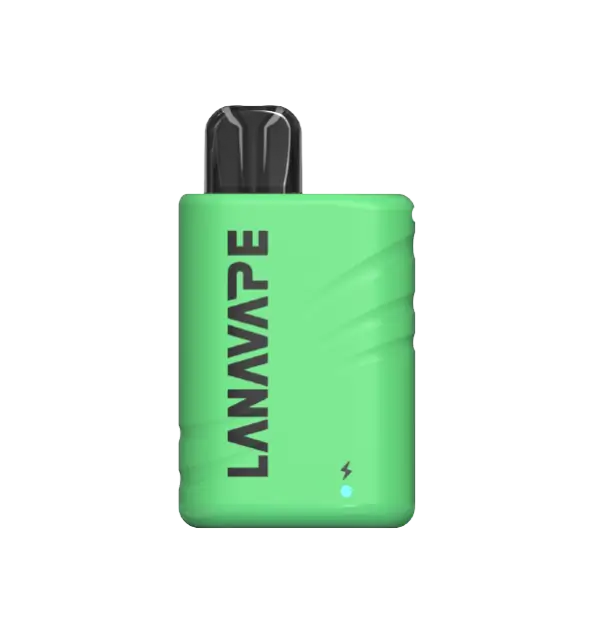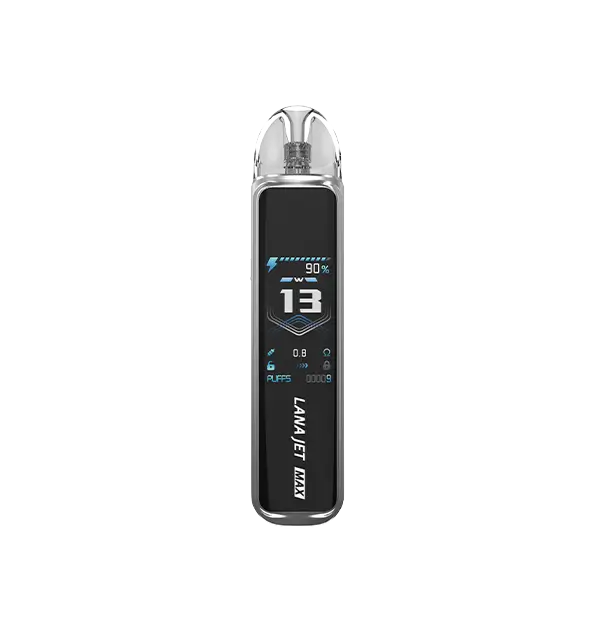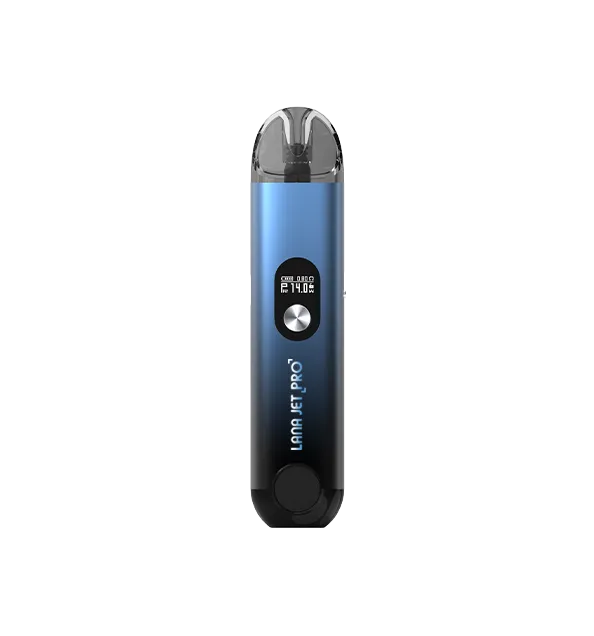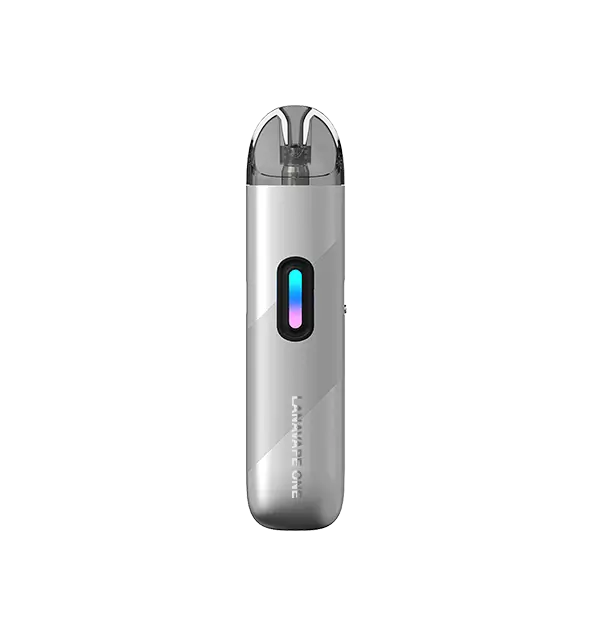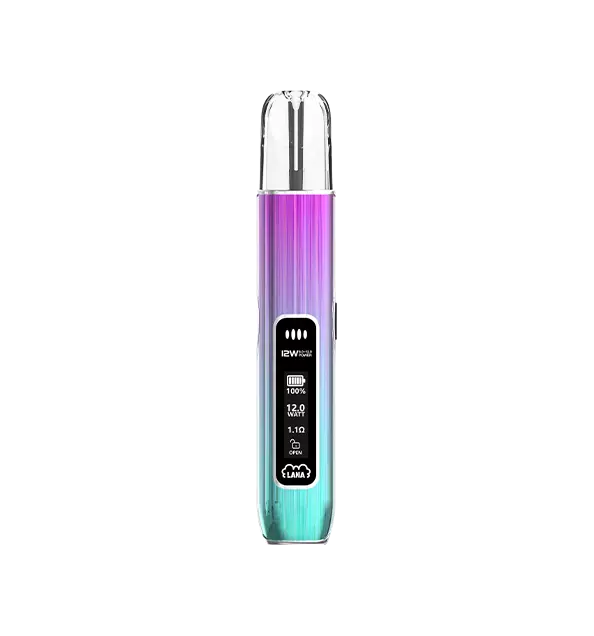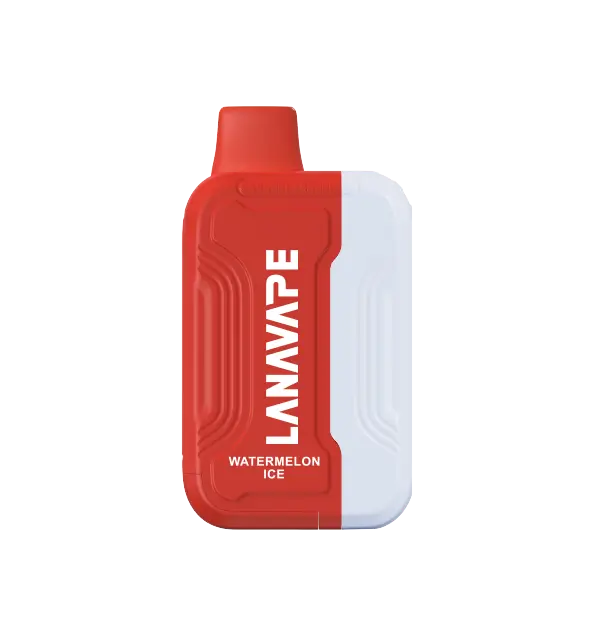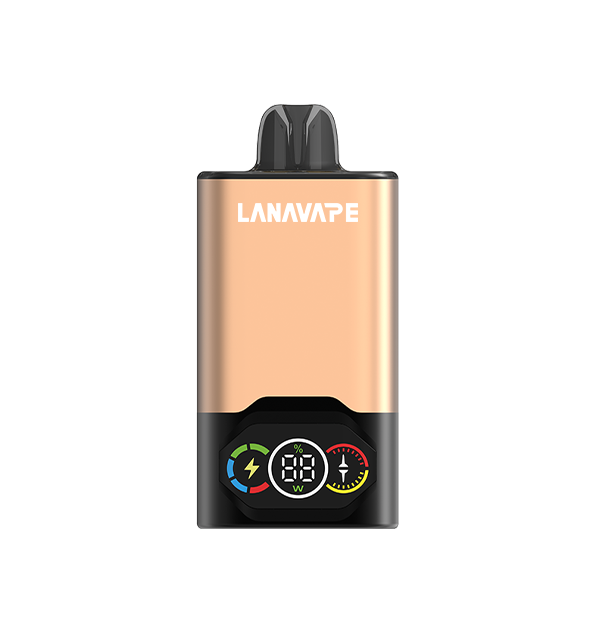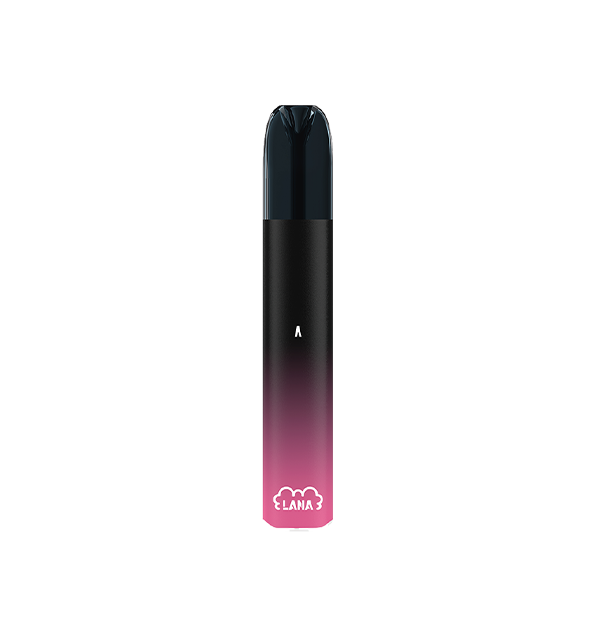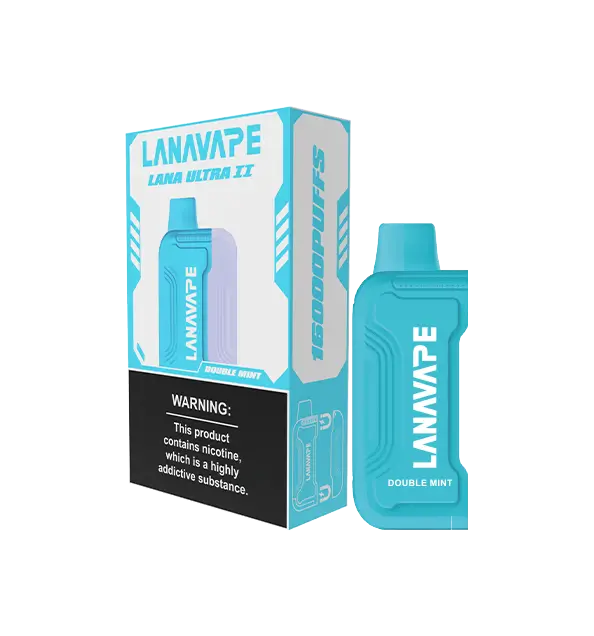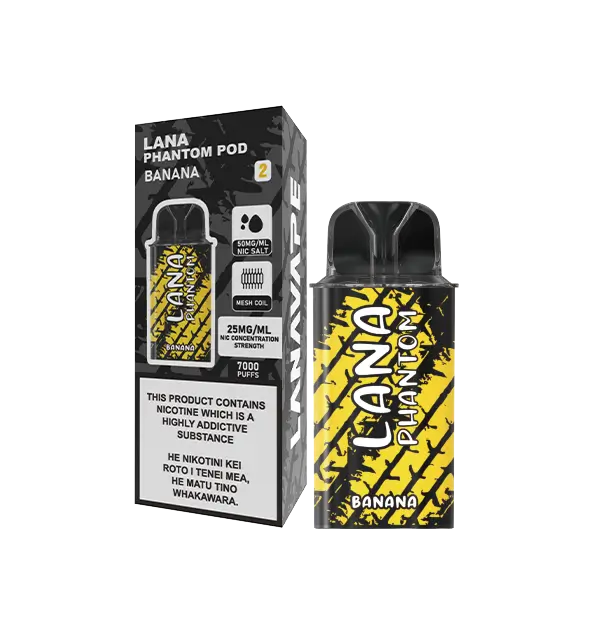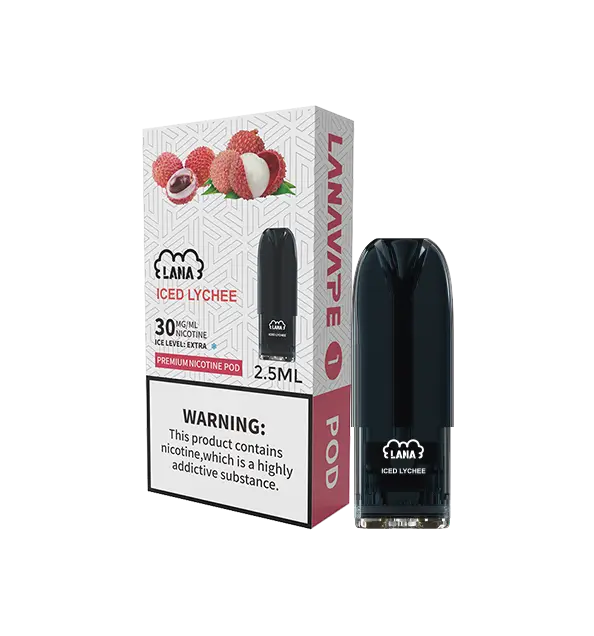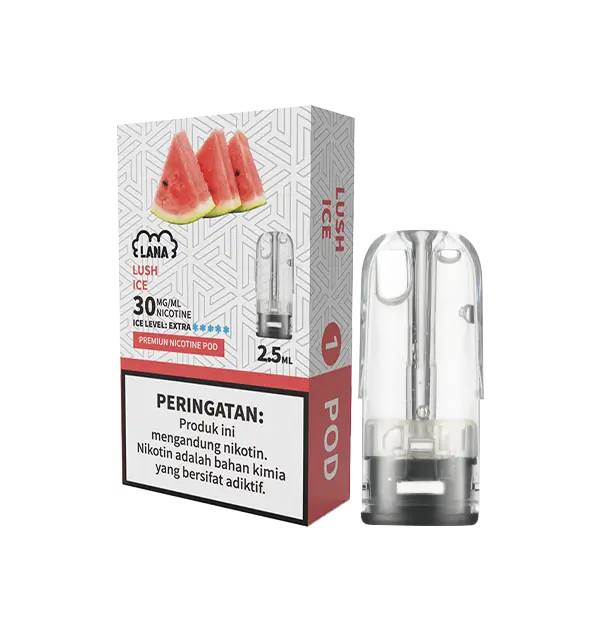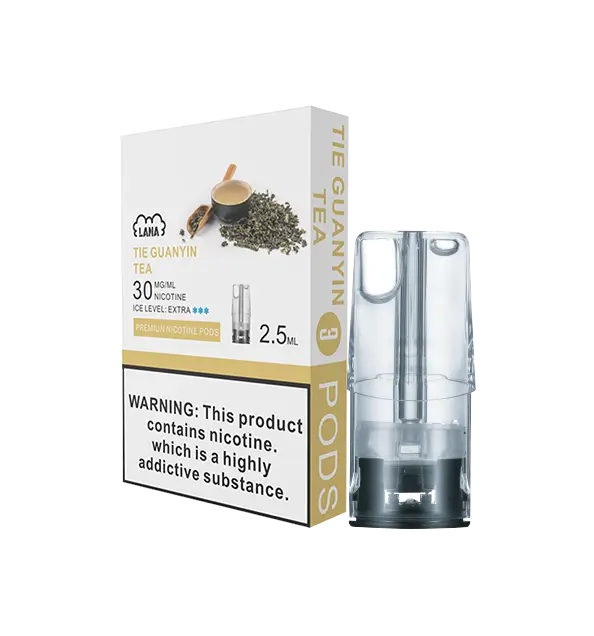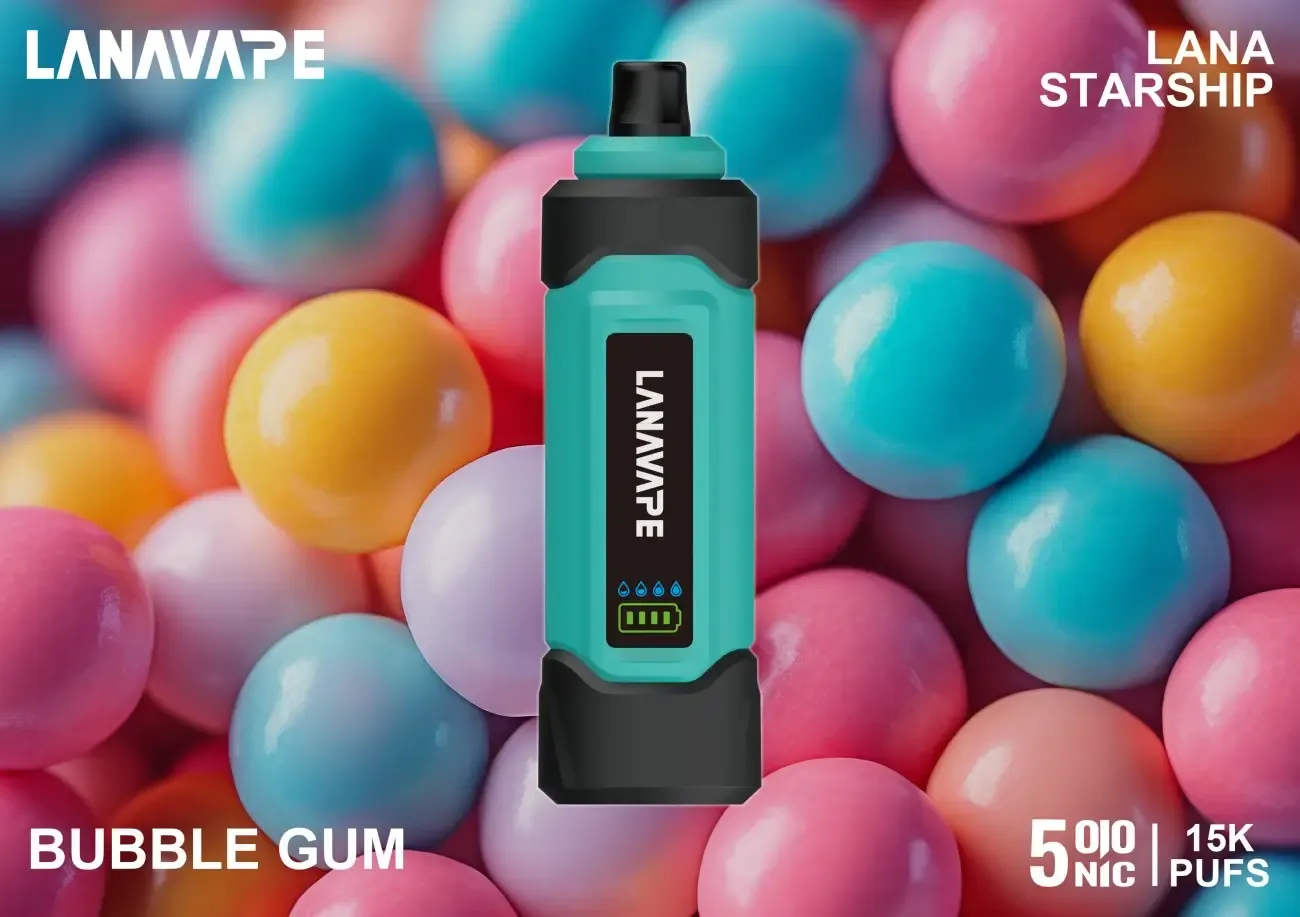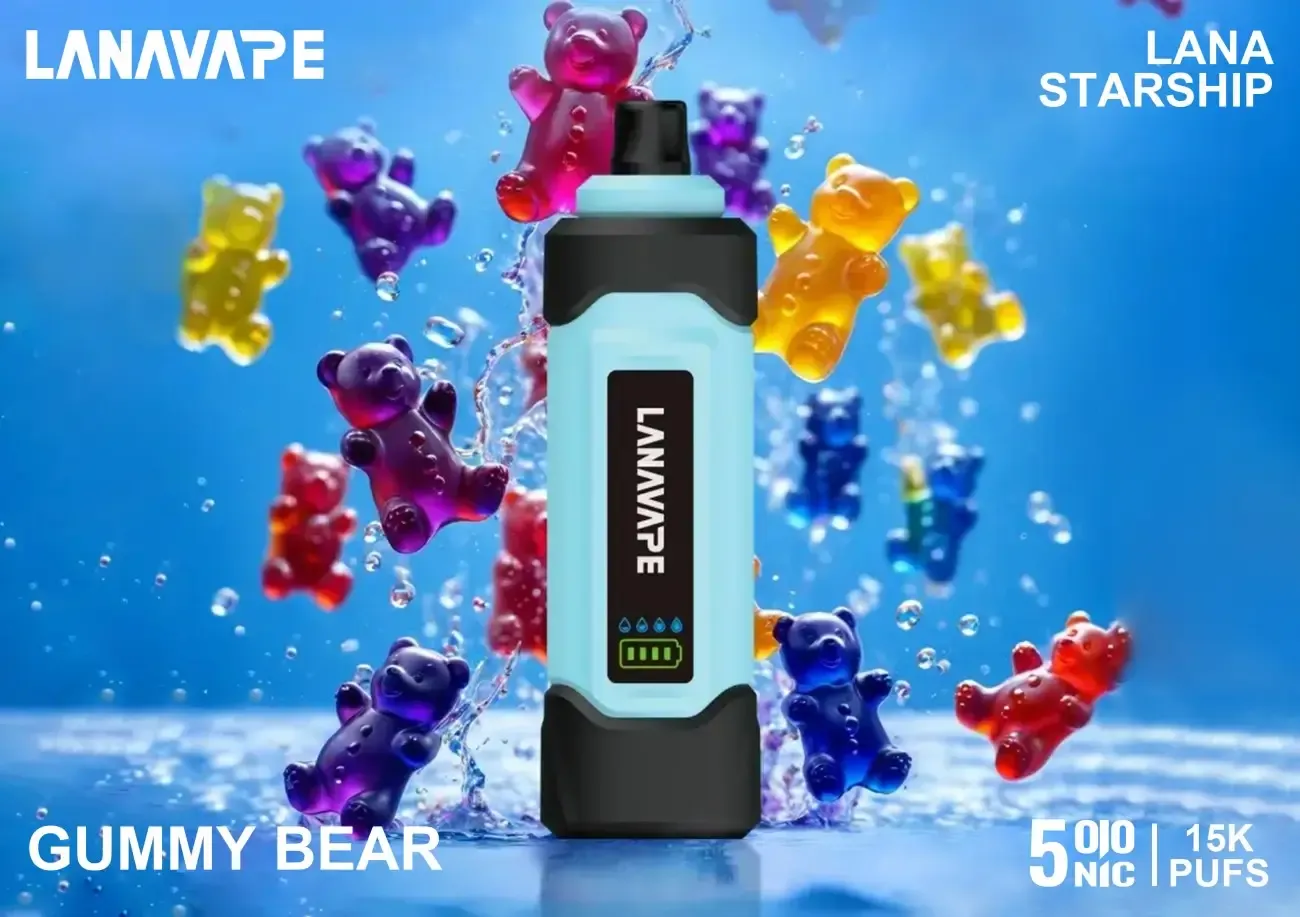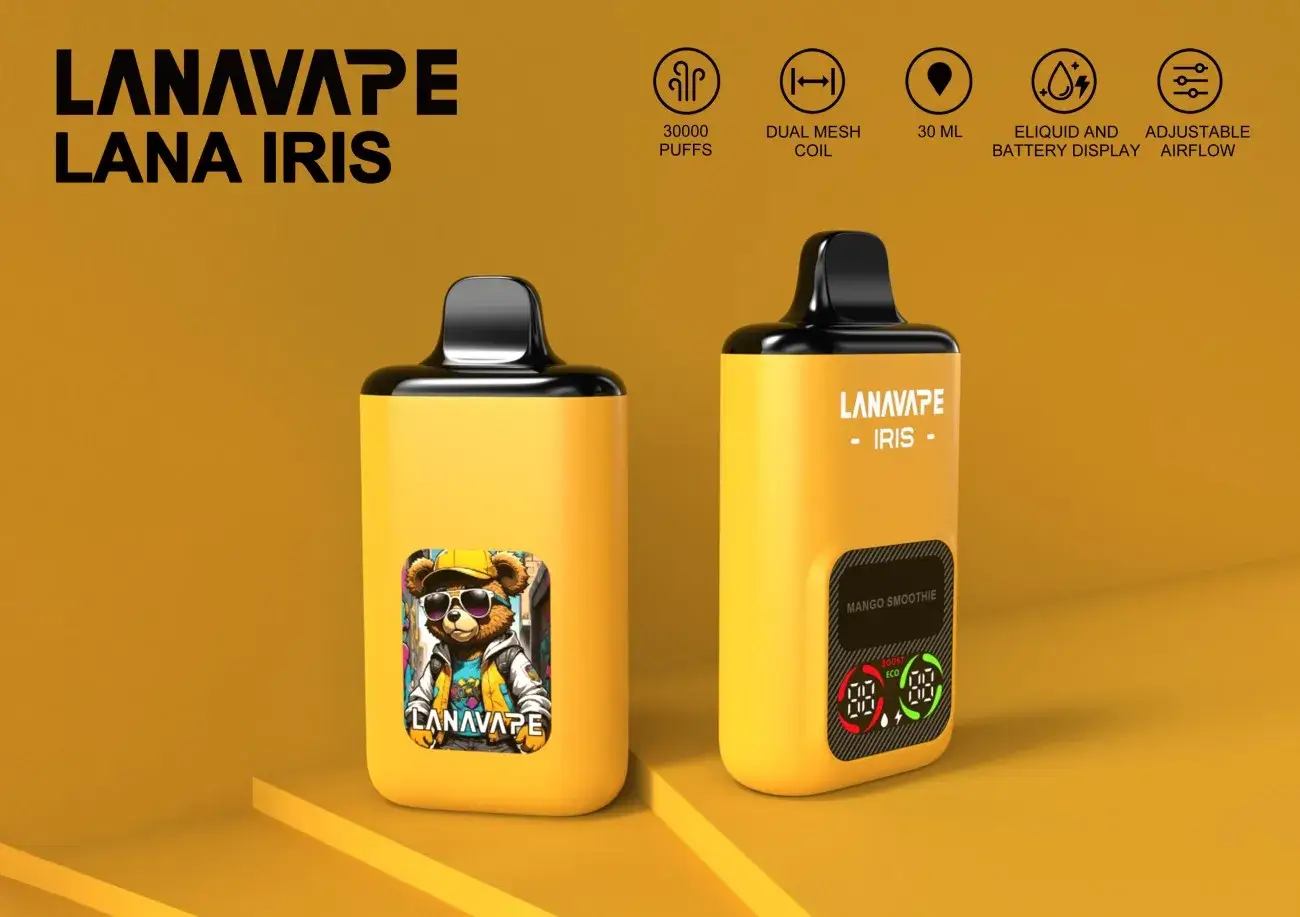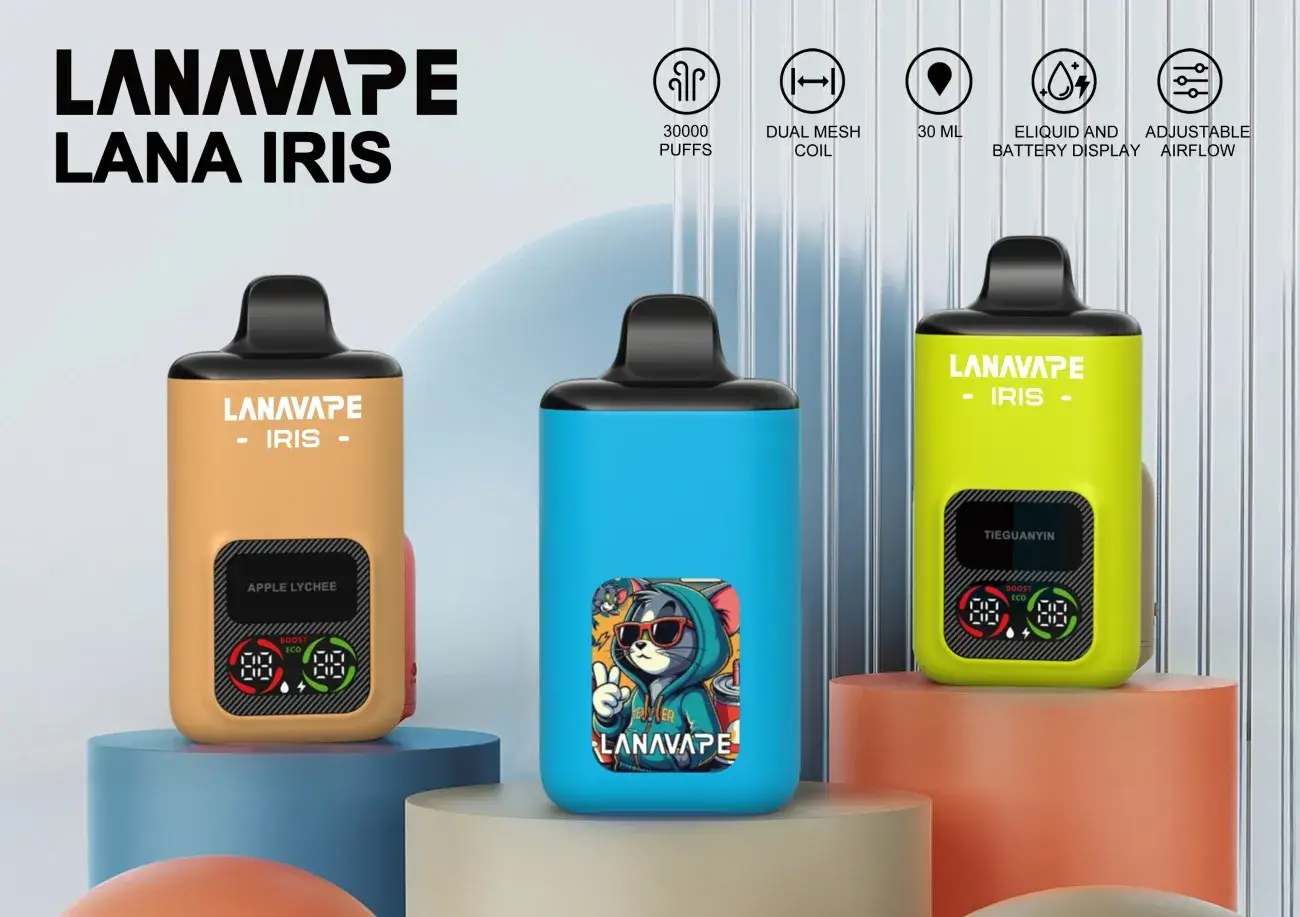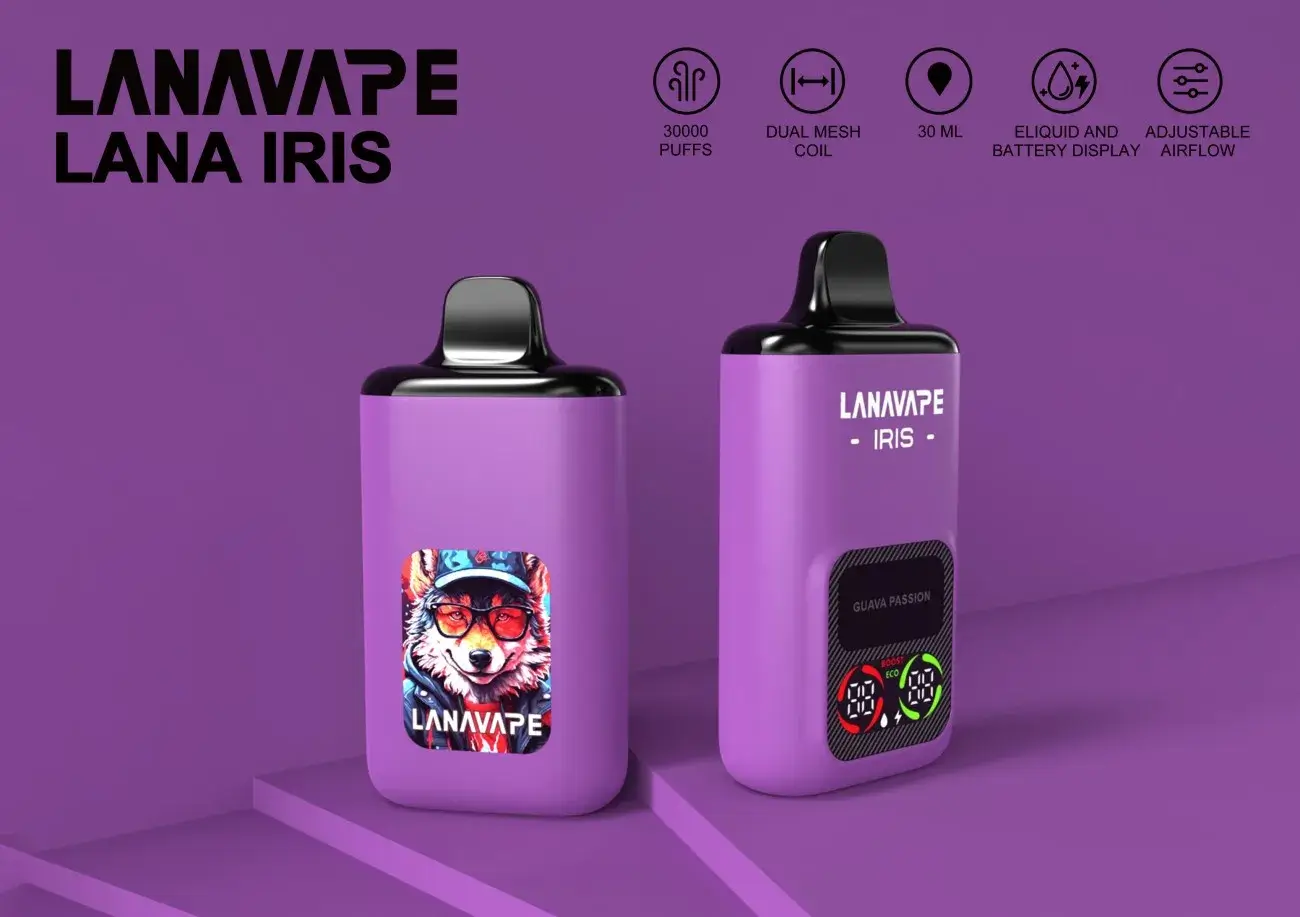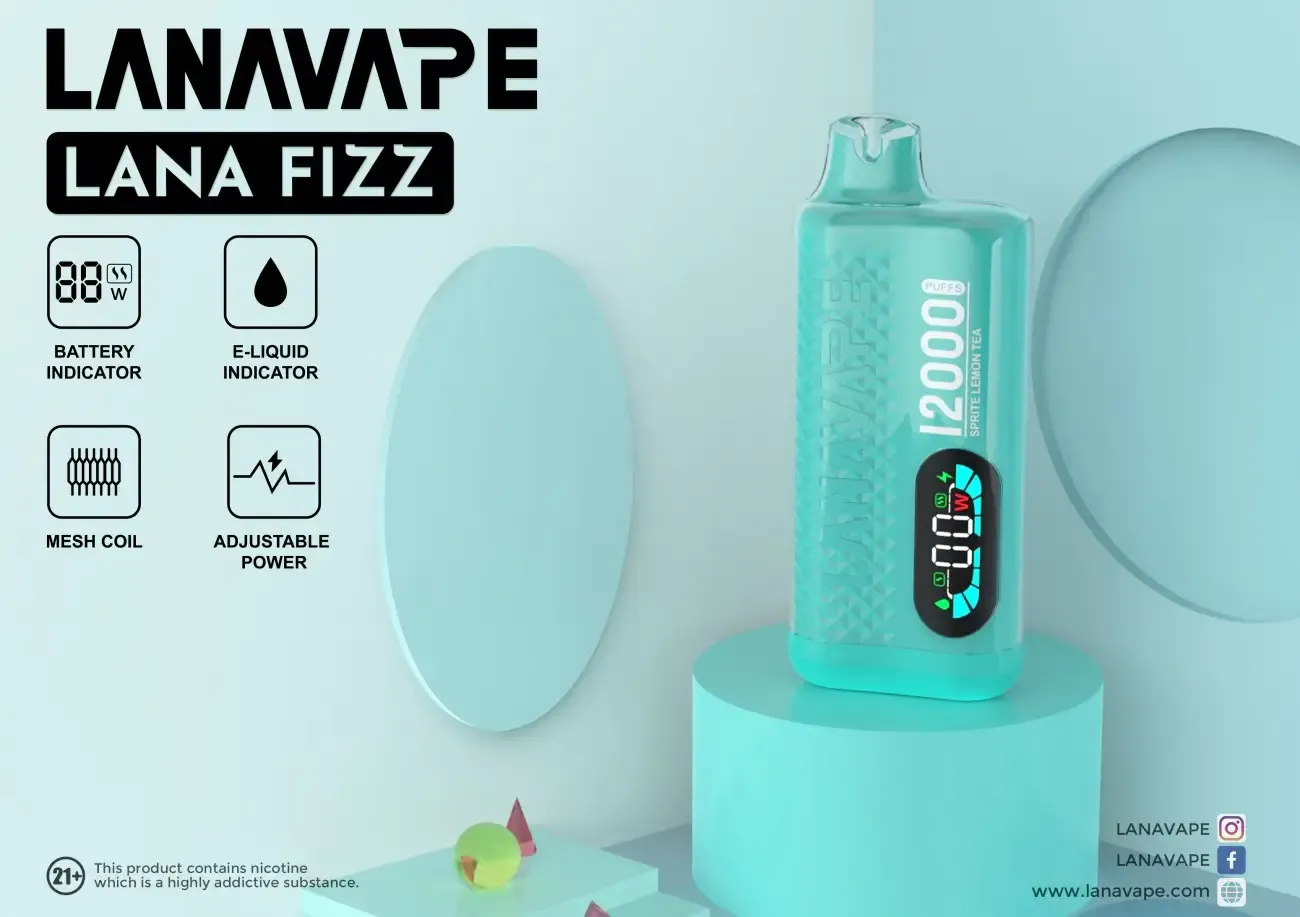
When vapes were first emerging, their popularity soared, providing not only a new alternative to traditional smoking, but also a booming market for manufacturers and retailers. However, as the vape industry has grown, groups of underage adolescents who are curious or under the influence of others, or who are stressed or anxious, have begun to experiment with vaping, which can lead to a number of problems. Why vapes are not recommended for the underage population, and the policies in some countries and regions that prevent minors from vaping. In the article, we will look at the reasons why countries around the world are restricting the age of vape use, and the implications of doing so.
What age can you legally vape in each country?
Vape regulations vary greatly around the world, but most countries have set strict age limits to curb youth access and addiction to vapes.
United States:
Effective December 20, 2019, the United States implemented the 21-Year-Old Tobacco Act nationwide, banning the sale of all vape products, including disposable vapes and vape pens, to anyone under the age of 21 years. This federal law is part of a broader public health strategy aimed at reducing nicotine addiction among young Americans.
United Kingdom and European Union:
In the United Kingdom and the European Union, the legal age to purchase or use vapes is 18. Retailers must ask for identification if the purchaser appears to be underage. Some merchants have even adopted a "challenge 25” policy to more effectively reduce underage sales.
Other Countries:
Most countries set the age of legal vape use at 18 or 19, which usually corresponds to the age of majority. However, some countries are considering following the United States model and raising the legal age to 21. As of today, 18 remains the most common age outside of North America.
Why do teenagers start vaping?
Only a clear understanding of why teens are attracted to vaping is critical to developing effective policies and prevention efforts.
Curiosity
Studies show that more than 50% of teens who try vaping do so out of curiosity. Flashy designs, sweet flavors, and lots of social media coverage make vapes seem both trendy and harmless.
Stress and Anxiety Relief
About 40% of teens vape to cope with school stress, family stress, or anxiety. They are looking for emotional relief, but may not be aware of the long-term consequences.
Social Influences
Peer pressure and the desire to fit in are major factors. Flavored smoke and colorful vapes often become status symbols for teens.
Why is there a legal age for vaping?
Legal age limits aren't just about enforcing the law — they serve to protect youth on multiple levels.
Protecting Brain Development
Teenagers' brains are still developing. Exposure to nicotine during this time can impair memory, learning ability, concentration and impulse control.
Ensure Product Safety Awareness
Vapes involve complex equipment — batteries, heating coils and chemical vape juice. Age limits help ensure that users are mature enough to use them responsibly.
Preventing Premature Addiction
Starting vaping at a young age increases the risk of long-term nicotine dependence. Setting a legal age helps to reduce this risk by delaying initial exposure to nicotine.
What happens if you give a vape to a minor?
Governments around the world are stepping up enforcement, which will have real consequences for teens and retailers.
Penalties for Underage Vapers
Depending on the country or state, minors caught in possession of vape products may face confiscation, fines, or official warnings.
Penalties for Retailers
In the United Kingdom, selling vape products to minors can result in significant fines or criminal charges. In the U.S., violations can result in license revocation, mandatory training programs, and even suspension from business.
Regional Enforcement Differences
Legal consequences vary by region. For example, some U.S. states require smoking cessation education programs, while others have zero-tolerance policies with harsh penalties.
How does vaping work?
Despite their seeming simplicity, vapes are technologically advanced devices that consist of three main parts:
Batteries and Circuit Boards
This is the power source for the heating coils, activating lights, screens, or auto-vaping features.
The Heating Coil
This converts the vape juice into vapor. Precision is key — too hot and toxic byproducts are produced; too cold and the experience is compromised.
Cartridges or Pods
These contain a mixture of propylene glycol, vegetable glycerin, flavorings, and nicotine (unless it's a zero-nicotine vape). Designs include disposable vapes, refillable pods, and customizable mods.
Is vaping bad for your health?
Vapes are often promoted as a “safer” alternative to smoking, but that doesn't mean they're risk-free.
Short-term Reactions
Increased heart rate, sore throat or dizziness are common among first-time users. These are warning signs from the body.
Exposure to Chemicals
Certain flavoring chemicals (e.g., diacetyl) have been linked to serious lung disease (e.g., “popcorn lung”). Vape liquids may also contain formaldehyde, acetaldehyde, and other toxins.
Long-term Consequences
Long-term use may lead to chronic respiratory disease, decreased immunity, and increased cardiovascular risk.
Why do vapes have age restrictions?
Setting an age limit is not just a regulation — it is a public health strategy aimed at long-term well-being.
- Reducing Adolescent First-Time Vaping:Research consistently shows that delaying the age of first vaping significantly reduces the chances of lifelong addiction.
- Retailer Responsibility:Laws force vape stores and convenience shops to properly verify age,creating a safer growth environment for minors.
- Education and Awareness:Support schools and communities to carry out activities to ban vape use among minors and educate young people about the real risks of vape use.
Should teens be allowed to vape?
Vaping is not only a personal choice, but also a public health issue. Restricting the use of vapes to underage youth is protecting youth and ensuring the creation of a safer environment for youth to grow up in. As the vape landscape continues to evolve, continued vigilance and adherence to age restrictions remain critical to protecting youth and promoting responsible vaping practices.

